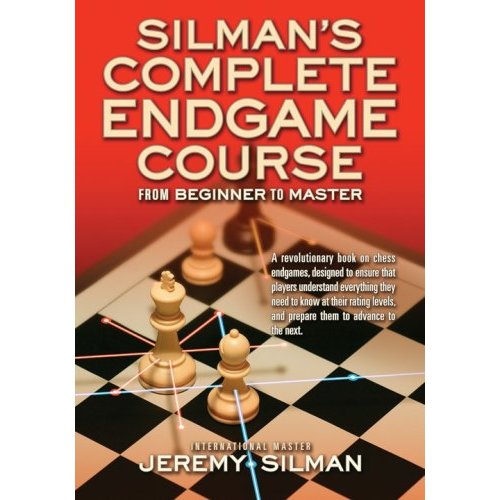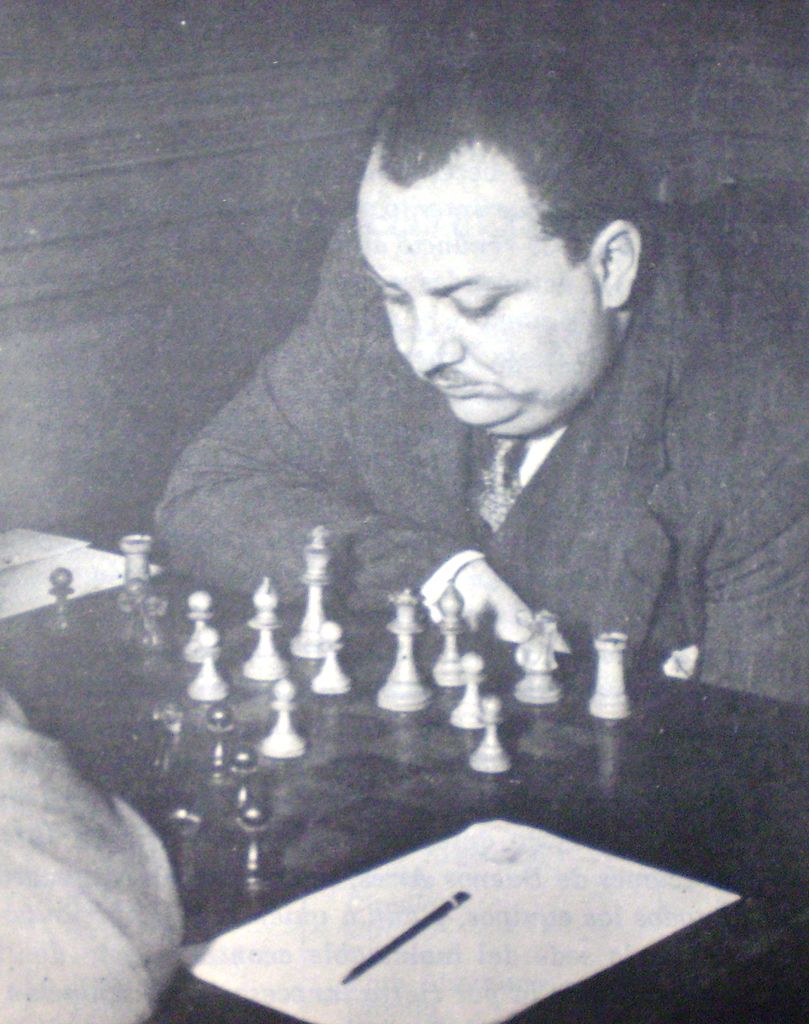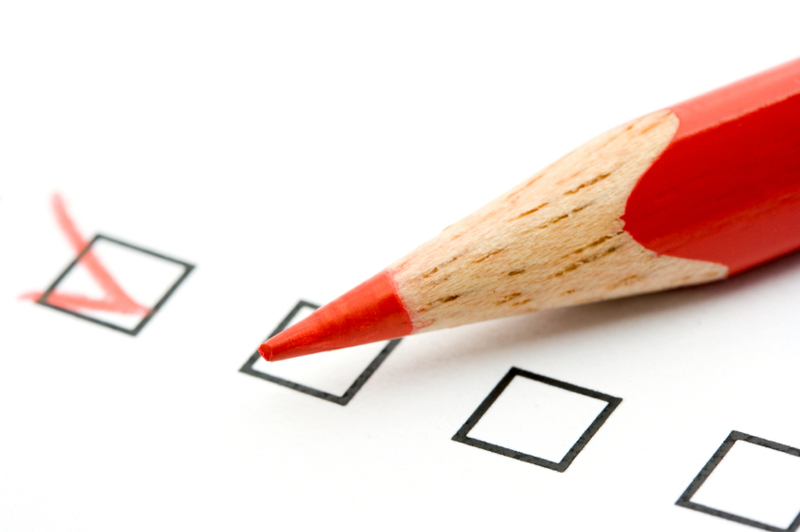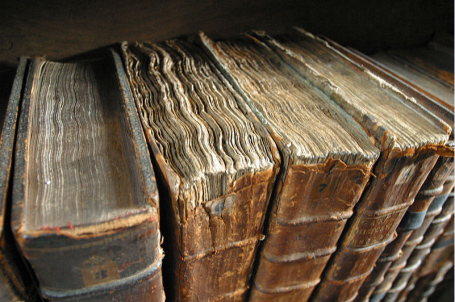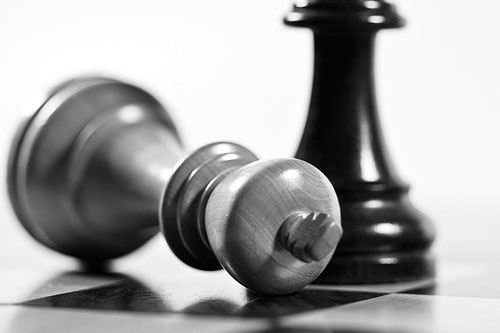 1. In the endgame the King is a fighting piece and it should be centralized and used actively.
1. In the endgame the King is a fighting piece and it should be centralized and used actively.
2. Material advantage wins in the endgame. Hold on to your material!
3. Be wary of sacrificing pawns for development. Only in rook and pawn endgames is an active piece worth material.
4. Try to gain tempi whenever possible, but without giving up material.
5. The fewer the pieces, the more important the pawns. The closer into the endgame, the more powerful pawns become.
6. Have a flexible and sound pawn structure. Avoid doubled, isolated and backward pawns.
7. Passed pawns must be pushed!
8. An outside passed pawn is an advantage in King and pawn endgames and it is usually a decisive advantage.
9. Rooks belong behind passed pawns.
10. In open positions the two bishops are murder. In almost all positions the two bishops give a tangible advantage.
11. In open or semi-open positions a bishop is usually superior to a knight.
12. The knight is superior to the bishop in blocked positions or when the bishop is hemmed in by pawns on the same color squares as the bishop.
Attribution: Edmar Mednis’ Rate Your Endgame Play
[feather_share]
